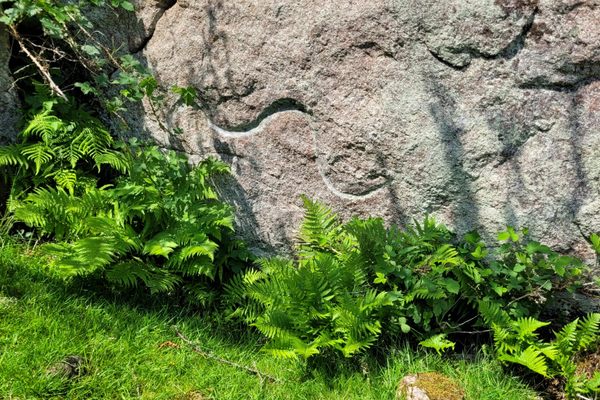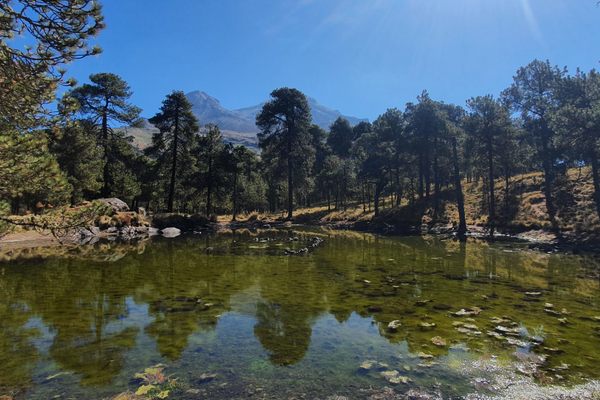About
Iwate Prefecture, part of Japan's Tōhoku (northeast) region, is known as home to many curious legends and folk tales. Even the prefecture's namesake, as it happens, has to do with the supernatural. Iwate literally means "rock-hand" and doesn't make much sense alone, but the answer can be easily found in its capital city, Morioka.
As you approach Mitsuishi Shrine in the Nasukawa-chō neighborhood, you are bound to notice signs pointing toward "Demon's Hand Prints in the Rocks." This is where the name Iwate comes from.
Unmanned, there is not much to see at Mitsuishi Shrine except for a trio of large granite rocks tied up with sacred ropes and iron chains. Once a single boulder, it split into three rocks at some point, after which the shrine is named—Mitsuishi meaning "three stones." There used to be "Demon's Hand Prints" visible on the surface of one of the boulders, but they have faded over the years.
According to the legend, there once lived a demon named Rasetsu (Rakshasa) in the area, always harassing the villagers and travelers passing by. One day, the villagers prayed to the God of the Three Stones, who punished the demon by chaining him to the rocks. The demon eventually apologized and swore never to return, leaving his handprints on the rocks as a token of his promise and running away to Mount Nansho.
In addition to providing the etymology of Iwate, this tale also served as the origin of Morioka's earlier name Kozukata, which can be roughly translated to "place of non-coming." Furthermore, it is said that the villagers started dancing around the rocks after the demon left, and that this tradition survives today as the annual Sansa-odori festival.
Though the original handprints are gone today, the shrine has kept copies of them on a plate that is exhibited beside the rocks, now looking quite rusty and very spooky.
Related Tags
Hidden Japan: Sado Island, Nara & Kyoto
Explore a different side of Japan.
Book NowCommunity Contributors
Added By
Published
December 5, 2024










































